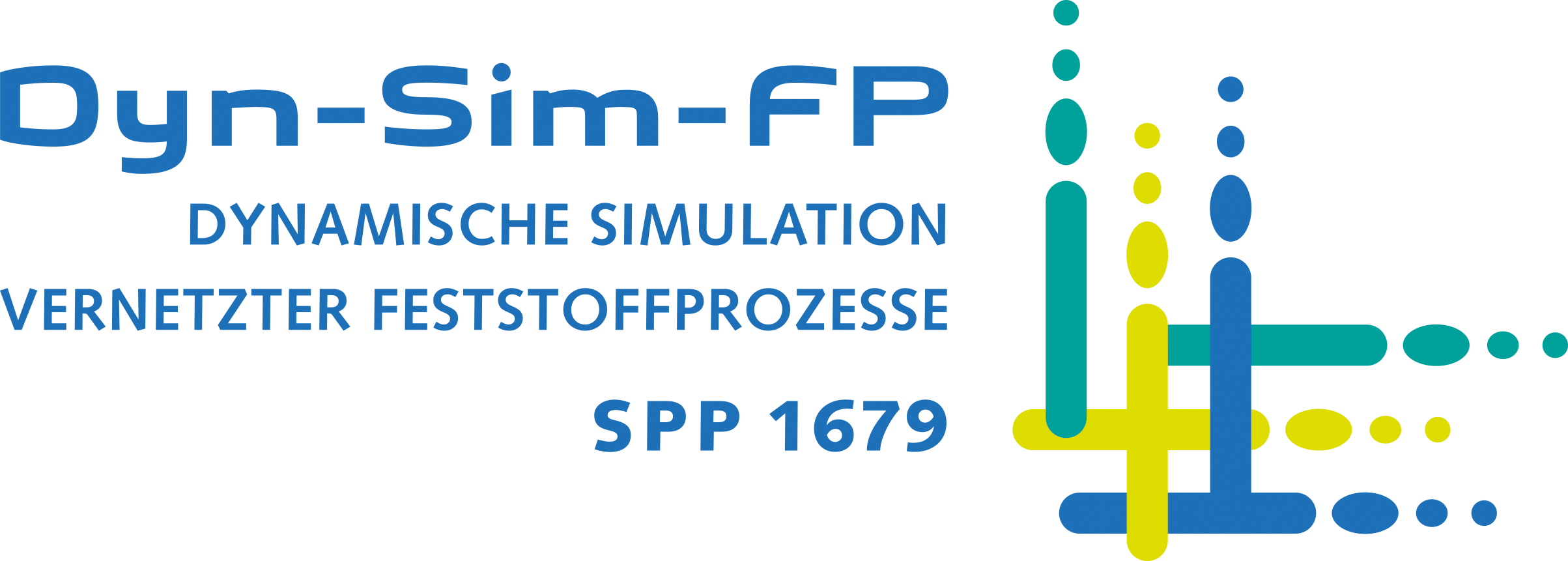Process Based Estimations of Dust formation tendency
The dustiness of a disperse solid can be understood as a property, which – when handled in a gaseous environment – behaves similar to an aerosol, releasing the respective particle fraction depending on the given quantity and size distribution. In general, this release of dust is undesirable because it might result in material loss, is often associated with personnel being exposed to it and may cause environmental pollution. The dustiness is therefore a product property, which might change along the process path, for example, through comminution, agglomeration, classification or mixing of the solids involved.
Within the scope of the DFG-focus program 1679 “Dynamic simulation of interlinked solid matter processes”, property functions describing these processes are developed. The dustiness prognosis will be derived from the testing methods single drop, UNC-Dustiness tester and rotating drum, taking into account material density, particle mass and size distribution, particle shape and moisture. By implementing these functions into the DYSSOL flowsheet simulation framework, dust formation tendencies of simulated products can be predicted within the flowsheet.
In addition to the development of dust formation tendency prognosis functions, the concept of dustiness quantification of powders based on fractional release rate is being investigated by means of experiments via fixed project cooperations. The findings will support the work of cooperation partners.


